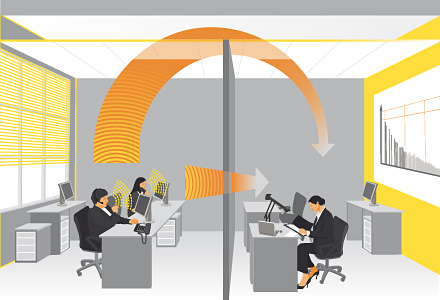Course info

The process of architectural lighting design focuses on three fundamental aspects of the illumination of the built environment. The first is the ergonomic aspect: the measure of how the function of that environment influences the lighting design and light will affect the health and comfort of the people living and/or working in that environment. Secondly is the energy efficiency issue to assure that light is not wasted by over-illumination. Thirdly is the aesthetic appeal of a building. Each of these three aspects should be looked at in considerable detail when the architect is at work. In aesthetic appeal, the lighting designer attempts to raise the general attractiveness of the design, measure whether it should be subtly blended into the background or whether it should stand out. The ergonomic and functional aspects of the project can encompass the need for the project to be visible, the impact of light on the project and safety and health issues. The energy efficiency aspect address the need to use daylight whenever possible and only use artificial light as a complement to daylight or “daylight linked artificial lighting”. projects. Students will undertake an assignment during the course which is integrated with their coursework in the design studio, ARC 3211 Architectural Design I, by developing a lighting design strategy for their own design project.
Having successfully completed the module, students should be able to demonstrate knowledge and understanding of:
i. Light properties (Photometric properties, quantities & definitions of light sources
ii. Heat transfer, solar radiation, and their relationship to building performance
iii. Typical and potential applications of these light sources
iv. Relationship between function, energy-efficiency requirements of the lit environment and the selection of (quantity and quality) of light and/or light sources
v. Assess photometric, energy-efficiency and aesthetic attributes of available light sources and determine their most appropriate applications based upon apparent characteristics
vi. Access quality of various light source types based upon physical inspection.
vii. Understand the impact of use of various light sources and architectural lighting systems on resource & energy conservation, local and global environment, and context

